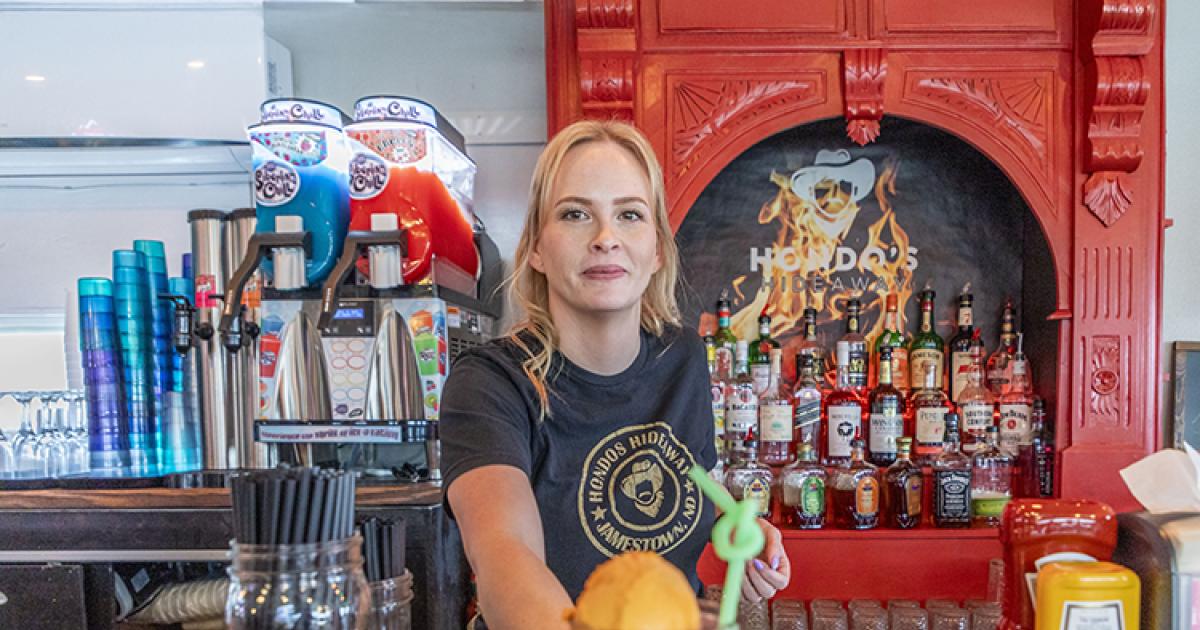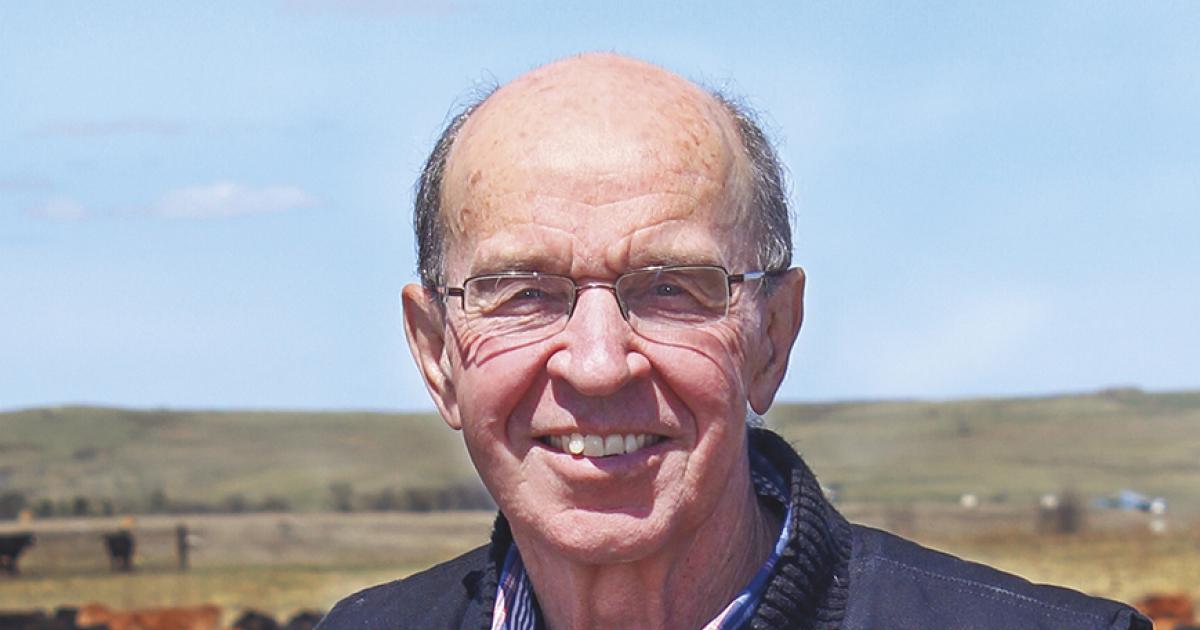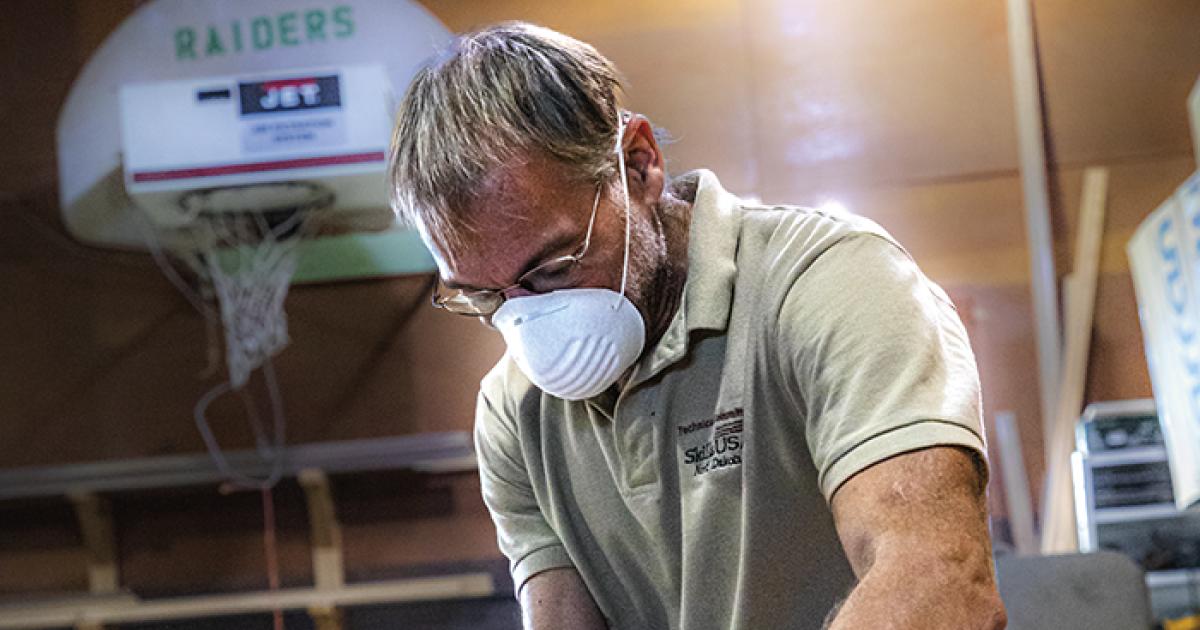Al Gustin
The headline read “Banner Year for U.S. Beef Exports in 2021.” It was a reminder of how important the export market is for many U.S. agricultural commodities. The domestic market is critically important, too, whether the commodity is raised for food, feed, fuel or fiber. One part of the feed demand that we don’t often think about is pet food.
Pet food is a $40 billion industry in this country. And the pet food market is an important one for many agricultural commodities, including barley.
Ten years ago, even five years ago, barley produced in North Dakota was headed to one of two markets – the malting/brewing market or the livestock feed market. But today, pet food is a rapidly growing market for barley.
I recently did a TV report on pet food demand for barley and learned the pet food market has grown over the last five years from 10-15% of the barley produced in North Dakota to upward of 35% last year. North Dakota is one of the nation’s leading barley-producing states. If a third of last year’s production went for pet food, that would be about 10 million bushels.
Growers are pleased, because pet food manufacturers aren’t as particular as maltsters, so they’ll take barley that would be rejected by the maltsters. That was really important this year, because when barley is stressed by hot dry weather, there are more thin kernels, and the protein levels in the grain get pushed higher – neither of which the maltsters prefer. This year, with good quality barley in short supply, maltsters have been forced to loosen their quality specs somewhat, and malting barley prices have risen.
The price pet food manufacturers are paying for barley has risen, too. Still, demand remains strong. Like the bird food market for sunflowers, the pet food market for barley is what economists call inelastic. In other words, an increase in the price doesn’t necessarily translate to reduced demand. It’s interesting that at one time, rejected malting barley was classified as “feed.” It still is feed, but instead of being feed for livestock, now it’s feed for pets.
Al Gustin is a retired farm broadcaster, active rancher and a member of Mor-Gran-Sou Electric Cooperative.










